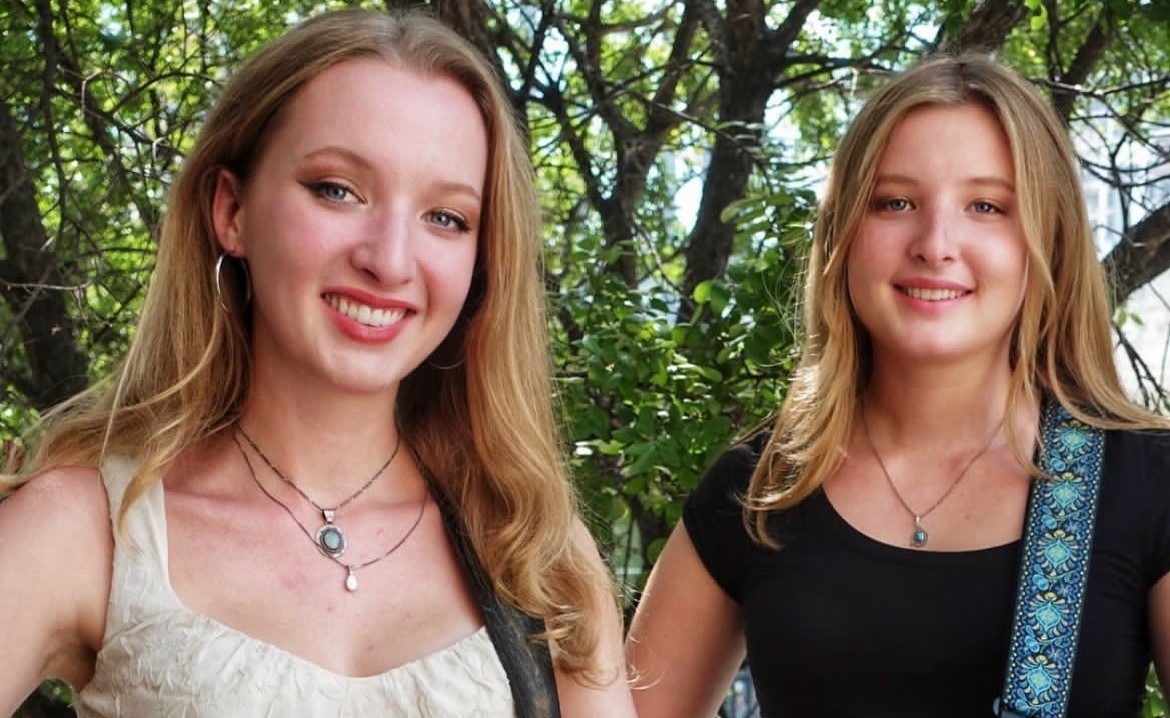The world needs artists and creatives. Unfortunately, being needed doesn’t often easily translate into financial stability. The struggle is real for so many incredibly talented artists and creatives and so we think it’s important to hear from creatives who have made it work – there is so much to learn from the folks we’ve featured below.
River Weinfurtner
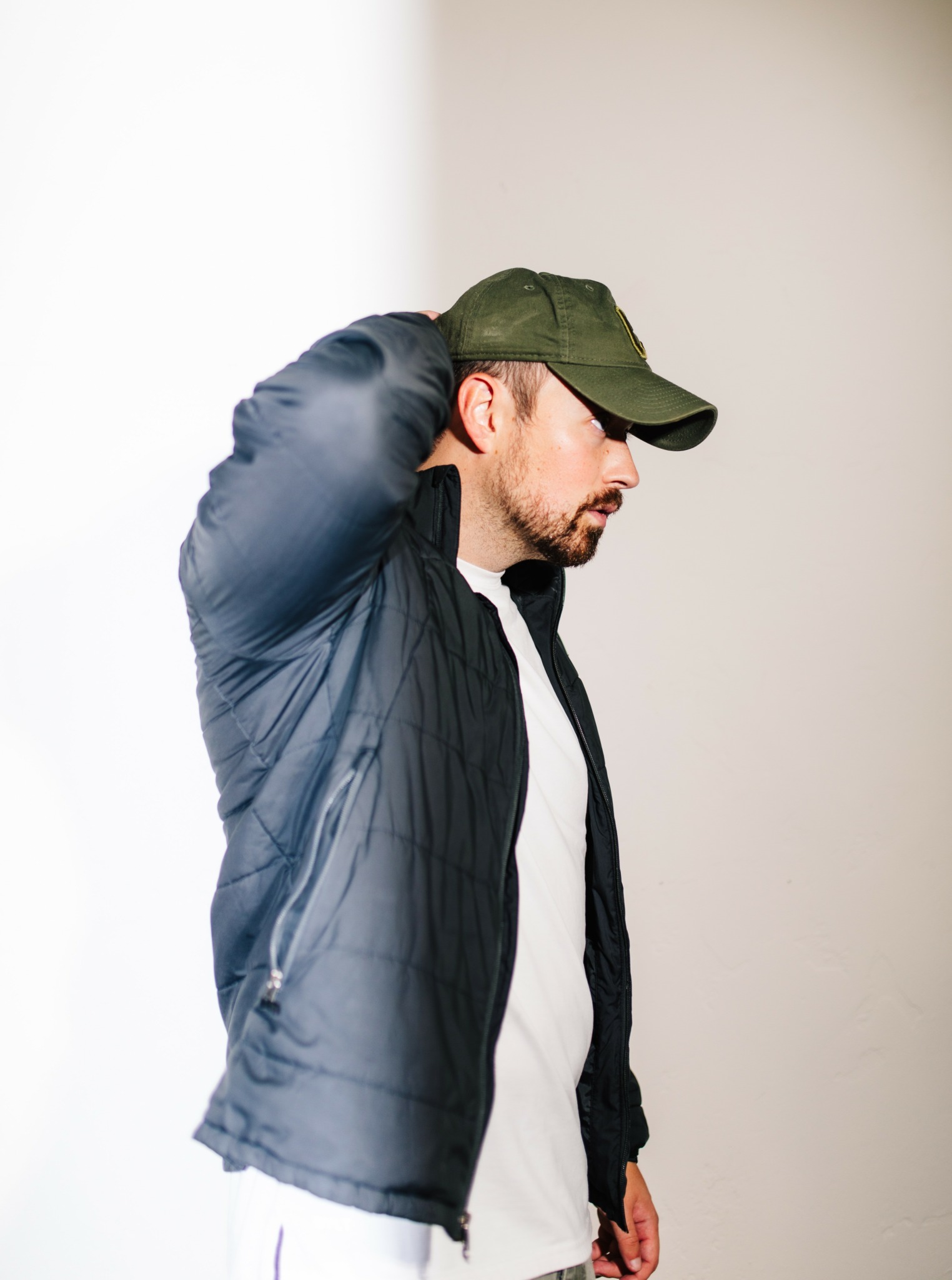
Yes, I’ve been able to earn a full-time living from my creative work as a music producer. The journey, however, was far from an overnight success. It required years of persistence, learning, and adapting to the evolving music landscape. I started with a passion for making beats, uploading them to platforms like YouTube, and connecting with upcoming artists. Early on, the growth was slow, but I was consistent in posting content and building my brand. Over time, my YouTube channel grew and I began selling beats to independent artists and organizations, eventually creating a six-figure business. Read more>>
Leonardo Velasquez
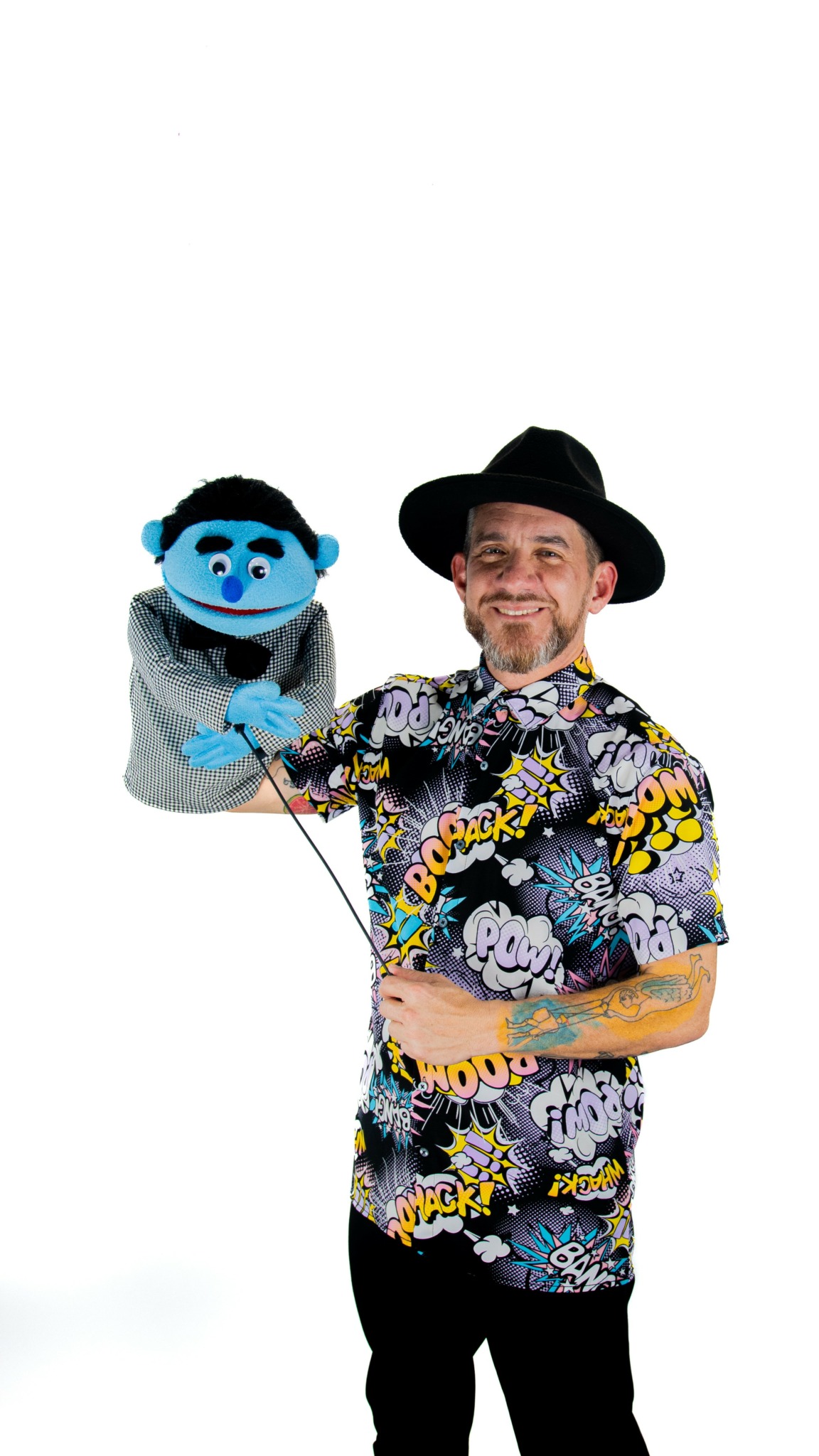
I got into the world of art when I was nine years old thanks to an aunt who is a plastic artist and one day she took me to a rehearsal of some friends of hers. From that moment on I felt that it was fun and I started performing in various groups in the city. When I was a teenager I took my first puppet course and from that moment on I knew I wanted to be a puppeteer. It all started as a hobby doing shows for friends and family until one day someone asked me how much my show cost and I thought: Ohhhhhh I can make money. The following week I paid for an advertisement in a magazine for parents and from that moment on I haven’t stopped. Read more>>
Austin Gerald
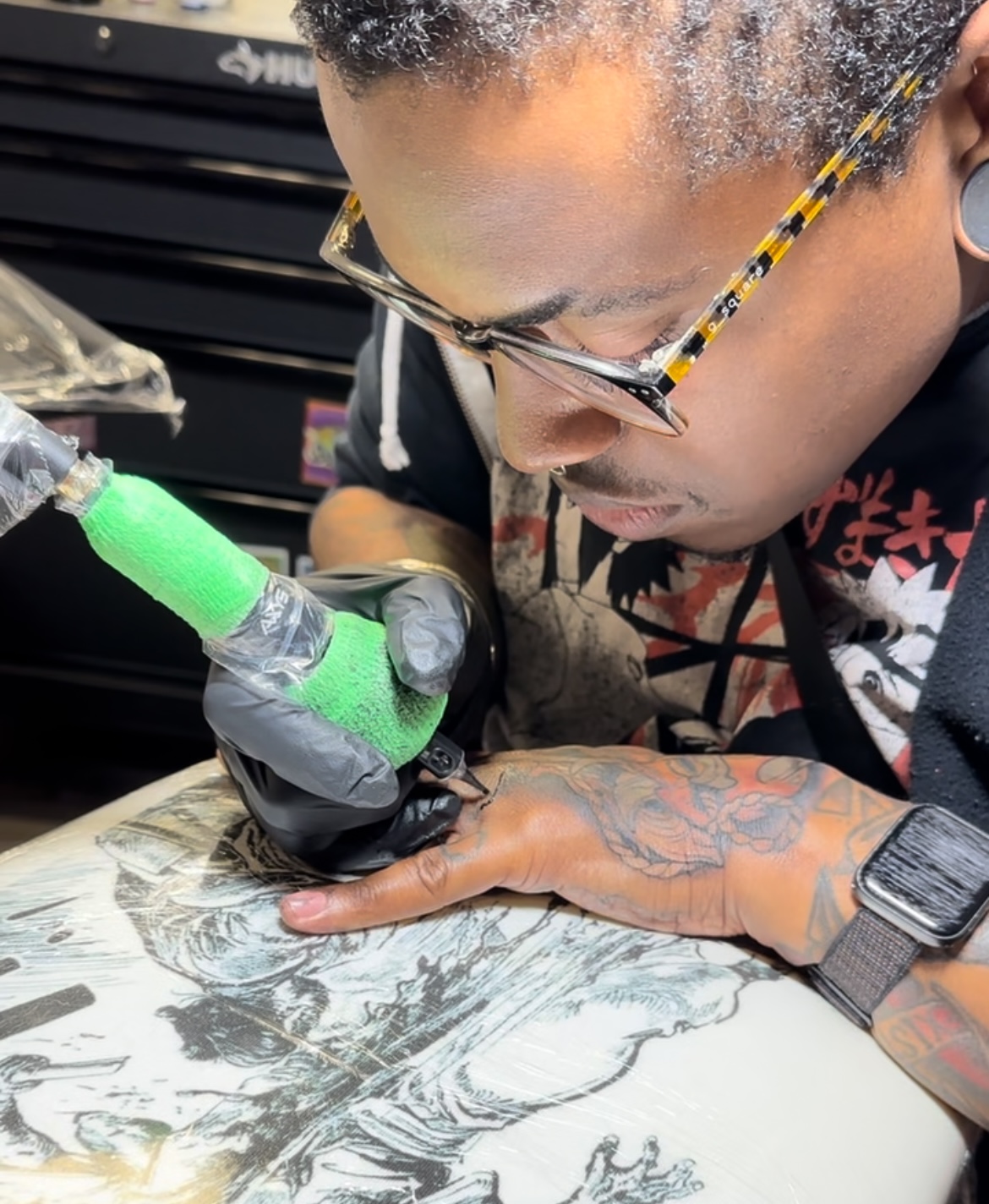
It all starts with a leap. A leap of faith. Faith in yourself that you will make it. I had two part time jobs and was a full time student in college when I got my start in the tattoo world. So it was very difficult at first and I definitely wasn’t making a full time living off of craft. But slowly as time went on and I practiced, did more tattoos got better. Built a clientele and name for myself I then was able to sit down look at all my options and make a very hard decision. Keep working my part time jobs or shoot for a career in tattooing? I was looking over my numbers form the past few month of being a apprentice one night, I wasn’t making as much as a full artist mind you but noticing that I was making enough to not need the part time jobs. So I took that leap and put in my two weeks at both places, not at once but very close together. I was still in school at this point so I had to go to class while completing my shop duty’s but as I got closer and closer to graduating form my apprenticeship I keep thinking, “I can really make a living for myself as a tattoo artist, do I even need to complete college? Ive already got myself a career that is blooming here.” So I dropped out and focused on my career that I built with the leap I took. With time I was able to earn a full time living form this amazing job! Read more>>
Madi And Ella Carr
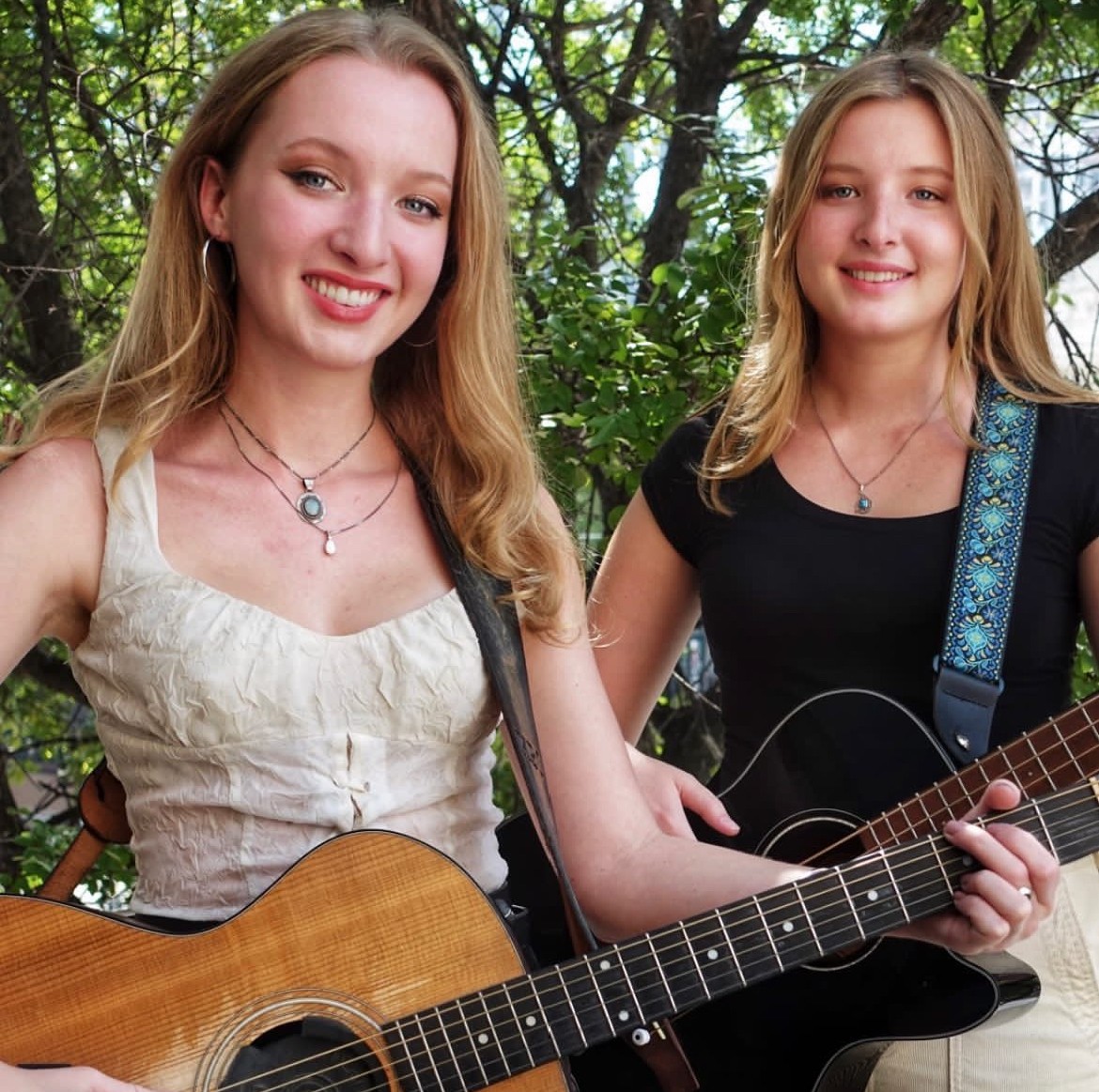
We are so thankful to be able to earn a full-time living from playing music. From a very young age, we have known that music is our calling. We grew up in a small Florida town called Crystal River. Our parents were very supportive and encouraged us to perform any chance we got, whether it be a local festival, talent show, or karaoke night. As we approached high school-age, we began playing paid gigs at coffee shops and listening rooms in Jacksonville, FL. Read more>>
Juan Alonso-rodriguez
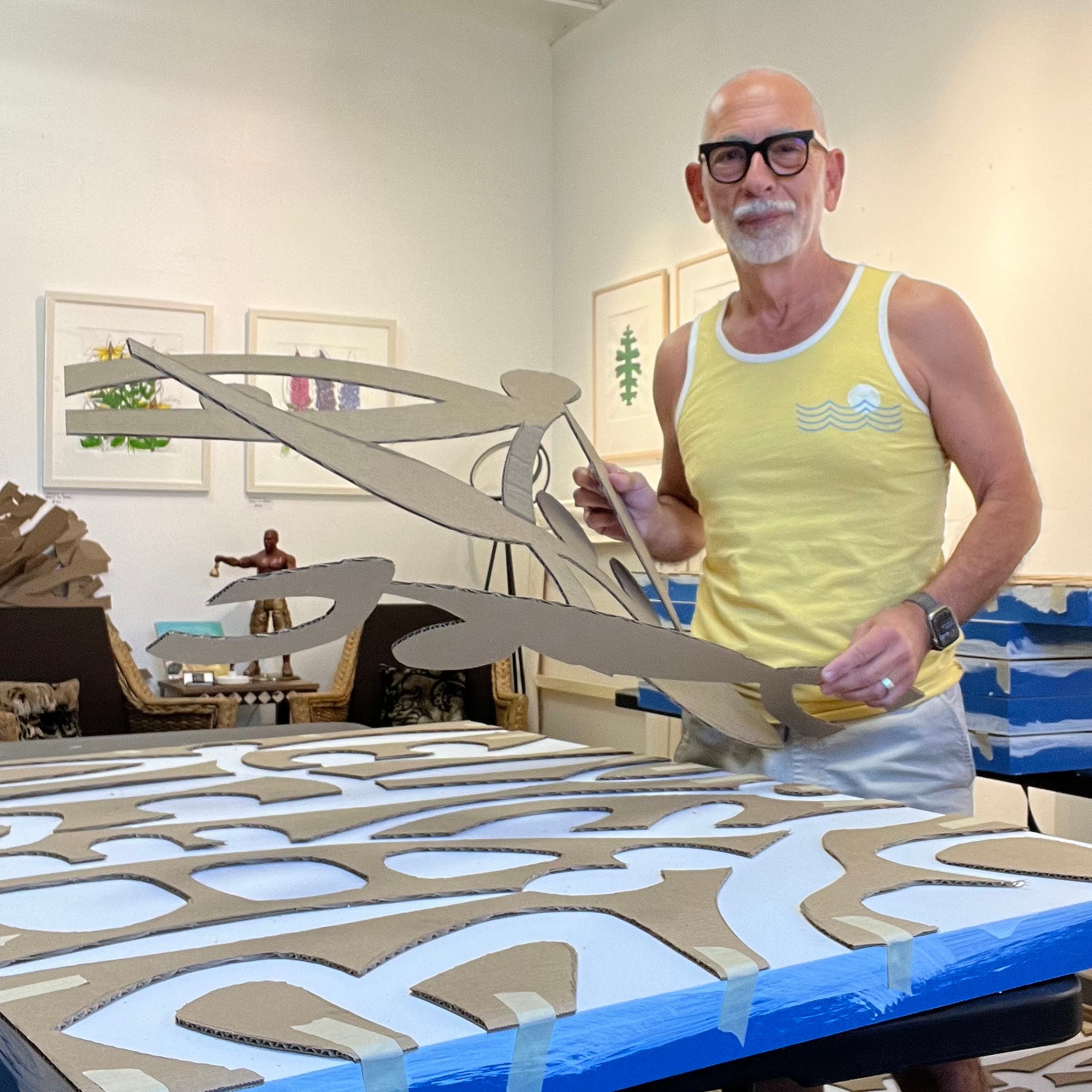
I have been, for the most part, earning my living as an artist for over three decades. Though I had not planned for visual art to be my career, drawing and painting were skills I had taught myself. My work was first ‘discovered’ when I worked at a frame shop and the owner, who liked my own artworks I was bringing in to be framed, asked if I would hang some of it in his shop. As my work got exposure to his clients, many of them designers and gallery directors, sales began to happen and more opportunities came about. For a couple of years, having the job at the frame shop was necessary, as I wasn’t making enough money on art sales. Around this time in the early 80’s, I began looking for opportunities to show my work a little more vigorously. I realized that more serious collectors wanted to see a resume that showed consistency and a serious dedication to being an artist before they would be willing to purchase my work. I entered many of the smaller local art competitions, which were more accessible but still offered exposure and experience for someone like me who didn’t have a professional education. It turned out that one of those summer art festivals had invited Francine Seders, who owned the most prestigious Seattle gallery, to jury the competition. I entered and ended up receiving 1st Place in the painting category, plus a $1000 prize, which did not hurt either. This also gave me the courage I needed to ask her if she would be interested in representing me in her gallery, to which she said yes. Representation was a huge step forward career wise. I was now seen by a wider, specifically fine art audience, having the cache and stamp of approval of a prestigious gallery. Even as an established artist, there is no guarantee that sales will always be there or that they will be constant. It is still an ongoing process to remain doing what I do and be able to play the bills. Read more>>
Jacob Crane

I began my journey as a performing artist at a young age (nine years old). I remember learning how to sing when my family would attend sweatlodge’s and sundance ceremonies. This is where I would practice using my voice and developing my love for Native American singing. When my family moved from our home in Tsuut’ina Nation to Utah, my father wanted to ensure that his children stayed culturally connected, so he formed a drum group called Eagle Rib Singers. From there, we would practice singing every week and attend we would attend powwows in the Southwestern United States and Canada. Read more>>
Chris Shields

I have made a living from my creative work. How I made this happen is I made sure I got an education to back up my natural raw talent. I also made sure that I constantly maintain a desire to go after my craft. Where desire is compensation will always be met. People will pay to see someone’s heart on display especially if it is ministered with excellence. I pride myself on bring this kind of effort to the table which has allowed me to earn compensation in my craft full time. It was not like that from day one but as I grew and developed more, I was able to put a greater demand on my craft. I am very thankful for the journey because oftentimes people lose their heart when they began getting compensated how they desire to. Your heart is the key component to continued development if you lose heart you have lost your craft. Again, I am very thankful for my journey toward compensation in my craft. Read more>>
Thiane Lavrador

It took me years to make a living out of my creative work, but I believe this is a natural path to most artists. What worked for me, was when I created my goals and planned my life accordingly. It is a very unstable line of work, though, therefore it is important to be able to adapt to the new realities. Read more>>
Daniel Hurst

I started out in still photography, Photojounrnalism, Editorial and Commercial Photography. Eventually this lead to shooting several stills/motion projects. Fell in love with shooting motion and have transitioned to full time cinematography as my main job. Photography projects as hobby. Read more>>
Michael Carini
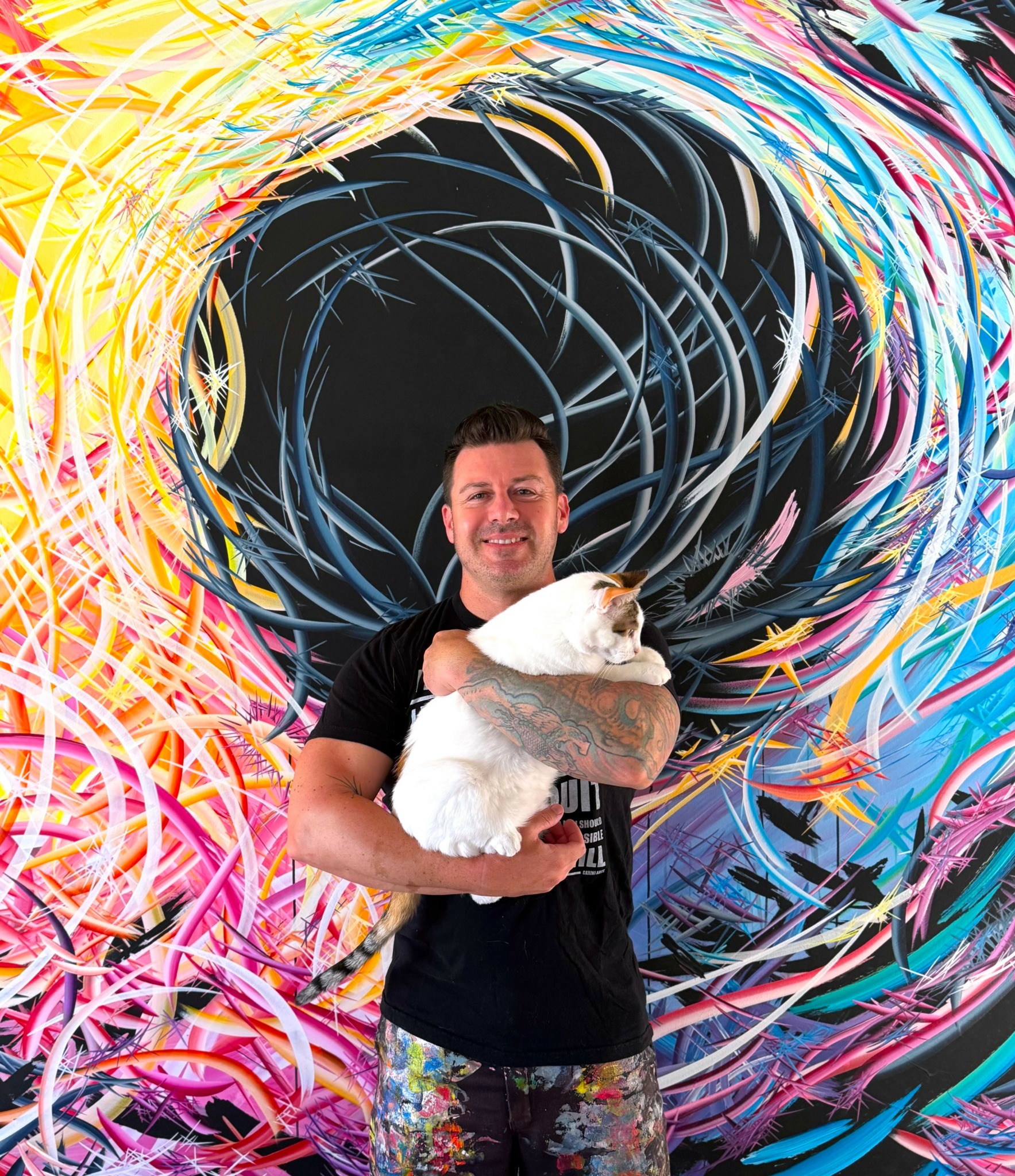
Art is something you do for the passion. You don’t do it for the money. That being said, it can also be a career, and you can make money in this industry. Art is my career and my sole source of earning. Unlike most industries though, art does not have hard and fast rules that can almost guarantee success. At times, being an artist is an absolute roller coaster ride. You can have the highest highs, followed by the lowest lows. Even if you understand the industry, and I have decades of experience doing this, you may still experience all of these things. I know I have. Read more>>
Tina Moghaddam
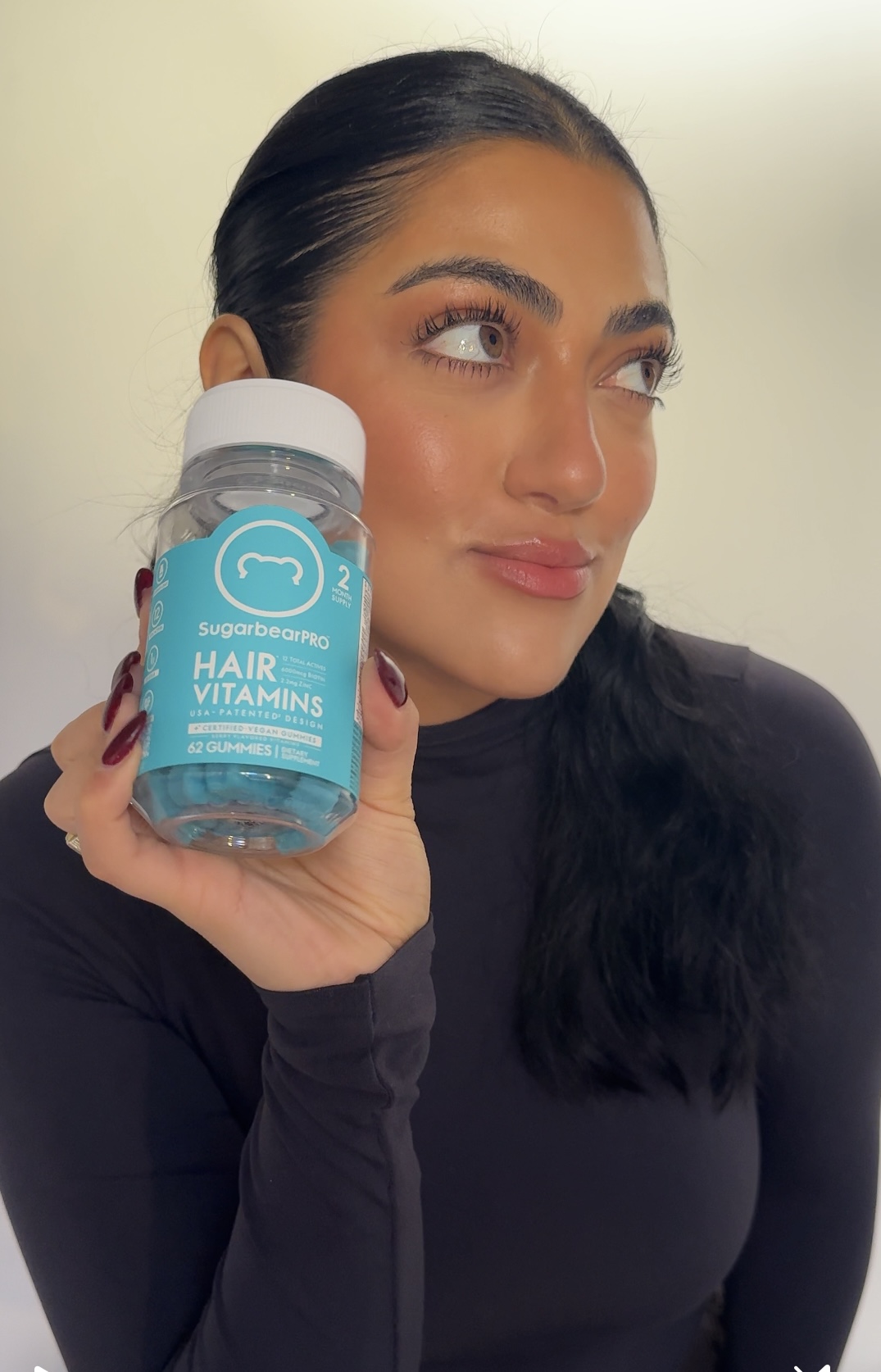
I have been fortunate to pursue my dream of becoming a full-time content creator for almost a year now, a journey that began unexpectedly when I was let go from my corporate job last December. However, this transition was actually months in the making. During the summer prior, I discovered User-Generated Content (UGC) while browsing TikTok. I saw numerous creators—ordinary people, not influencers—sharing how they were earning $10,000+ per month through UGC. Initially, I was skeptical, assuming it might be a pyramid scheme. Read more>>
Latoya Smith

I had my first job in publishing back in 2006. I became an administrative assistant to New York Times bestselling author, Teri Woods at Teri Woods Publishing while pursuing my Bachelor’s Degree at Temple University. After attaining my degree, I worked for a number of publishers, including Grand Central Publishing, an imprint at Hachette Book Group. For the span of my eight years there, I acquired a variety of titles from Hardcover fiction and non-fiction, to digital romance and erotica. From August 2014 to February 2016, I was Executive Editor at Samhain Publishing where I acquired short and long-form romance and erotic fiction. The day I got laid off from Samhain, I made an announcement on Facebook that I was going into business for myself and LCS Literary Services was born. That day, I announced a number of services including developmental edits, proposal reviews, consulting, and teaching workshops. I then went on Vistaprint and created business cards and hit the ground running, announcing on every social media platform and writers’ group that I was freelance editing. Soon after, I got an affordable website created on WordPress. Thankfully, I was already signed up to attend a number of conferences where I promoted myself and spread the word that I was booking editorial clients. I also took a position with the L. Perkins agency and began agenting on the side. Since then, I am working 100% for myself as a literary agent, ghostwriter, mentor, consultant, and speaker. I have six agents who work under the LCS Literary umbrella as well as a freelance editor. I am so thankful the connections I made in the industry allowed me to remain independent. Read more>>
Nami Rutherford

While I currently work two jobs—full-time as a studio manager at Artists First, a non-profit art studio for people with disabilities, and part-time as development director at La Voûte, a performing arts non-profit—I’ve also experienced a challenging journey toward making a living through creative work. Becoming a full-time artist was never a clear path for me early on. Growing up in a financially struggling family, I had to work multiple jobs from the age of 15 to help support my household. By the time I was ready to pursue an art education, I faced significant financial barriers, which led me to attend community college with a plan to transfer to an art school. Read more>>
Jane Lee
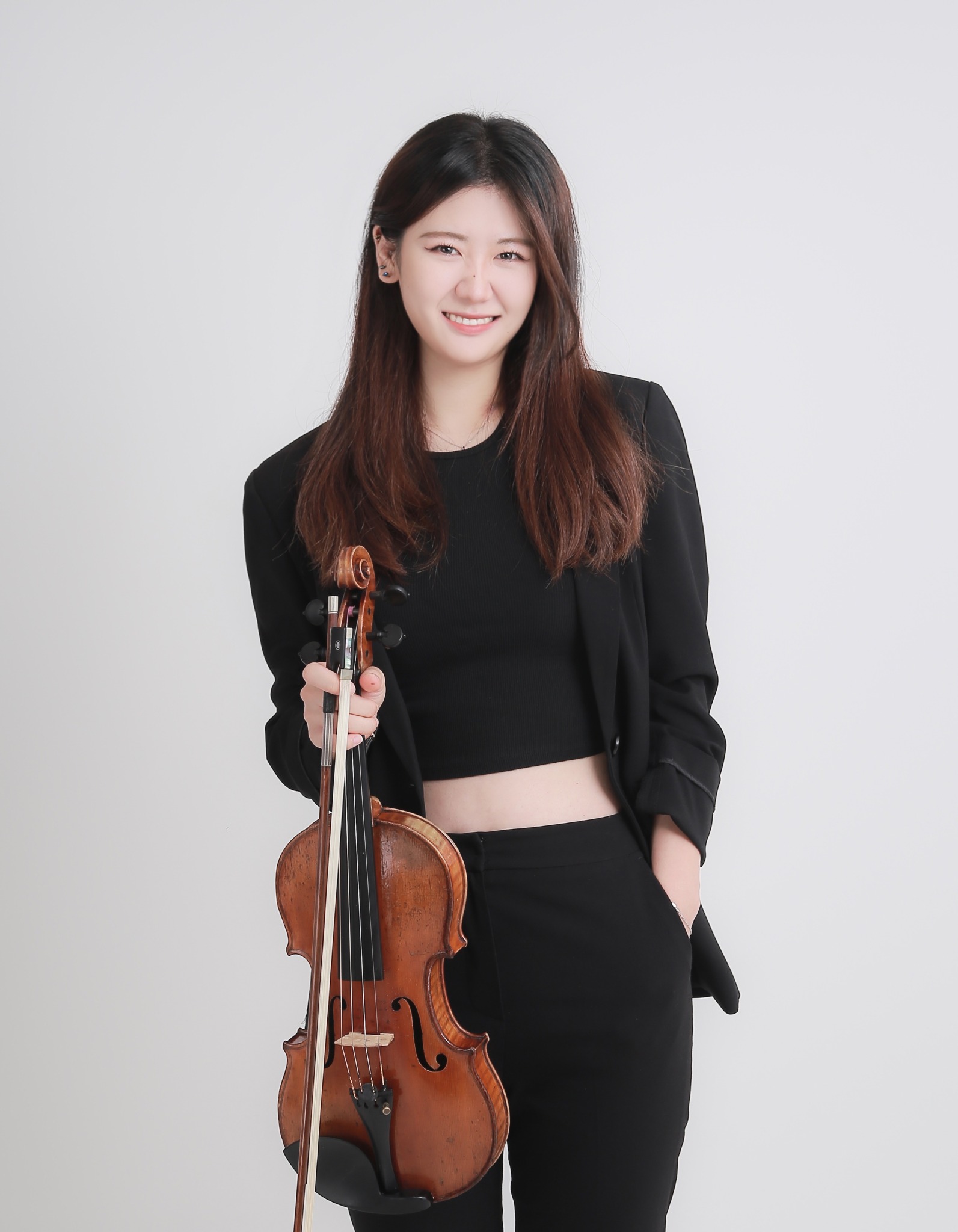
Making a full-time living from my own way to freelance has been an exciting and rewarding journey. As a performer based in New York City, I am deeply involved in the vibrant music scene, regularly gigging and contributing to the performing arts in meaningful ways in New York and New Jersey. After earning my Master of Music Performance degree from the University of Michigan, where I studied with Prof. David Halen, a concertmaster of the St. Louis Symphony Orchestra, I began working with esteemed professional orchestras in the States and Canada. These engagements, along with my freelance work in the New York, New Jersey, and Connecticut areas, keep me consistently active as a performer. Whether playing in orchestras, chamber ensembles, operas/musical theaters, or solo engagements, I am dedicated to sharing music with audiences. Read more>>


